Soilless Agriculture

02 April 2024 Tuesday
Soilless Agriculture
Soilless farming models are implemented all over the world and are being tried by more and more people every day. This system, which is based on meeting the nutritional needs of crops through water or air rather than from the soil, also attracts the attention of our innovative farmers. You can find detailed information about soilless farming types such as hydroponic farming in our article.
What is Soilless Agriculture?
Imagine a new system in which there is no soil, waste or pesticides in crop production, and soilless agriculture is the equivalent of this dream. The soilless agriculture system, which answers the question of whether a production that is more cost-effective, uses less chemicals, is done in a narrower area and uses resources economically, can be applied vertically or horizontally. Soilless agriculture, which allows our farmers to have more control over production and saves labor and time, is seen as the agricultural model of the future. Soilless agriculture is applied with different techniques.
How to Do Soilless Farming? What are their techniques?
Hydroponic, aquaponic and aeroponic farming techniques constitute the techniques of soilless agriculture. Vertical farming, which increases the efficiency of the area unit, can also be applied together with these production methods, and it is a fruitful alternative to soil farming as it promises continuous production throughout the year.
Soilless farming techniques and details;
Aeroponic system: The soilless farming system based on air is called aeroponics. The technique, based on the bare root system, is based on providing crop nutrients in the form of intermittent and continuous mist. Pumps connected to a timer are used in the system. When the time comes, nutrients are sprayed from the water basin that will meet the nutrients of the crop. The root system of the suspended crop meets the water and nutrients atomized and sprayed in a closed or semi-closed environment. While the oxygen in the air supports crop development, it is much easier for the exposed root to reach oxygen. Vertical models can also be designed in new forms of the air-based system, which is generally horizontal. The costs of aeroponic systems, which are divided into three groups as low, high and ultrasonic pressure, vary depending on their type. Low-pressure soilless agriculture is the lowest cost alternative and the easy-to-install model with a ready-made system is the most widely used type. Crop roots are positioned above the nutrient solution reservoir or suspended in a channel connected to the reservoir. The high pressure aeroponic system is prepared with more advanced and special equipment. Therefore, higher costs are required. Thanks to the pressure that atomizes the water into small droplets, the root benefits from more oxygen. In commercial systems with ultrasonic pressure, the hardware includes biological systems. Ultrasonic foggers mimic the ideal artificial humidity in the air. The fog, which carries very light particles, easily reaches the root area. This type is preferred for high value crops.
Aquaponic system: Defined as a fish-plant integrated cultivation system, the system combines soilless agriculture with aquatic life. The pollution load of water is thus reduced. The water used in fish farming feeds the crops with its rich nutritional value. Water comes to the tank where the crops are grown through pipes. The aquaponic system, which uses the nitrogen cycle to operate in a balanced and efficient manner, consists of two main parts. Aquaculture and hydroponic section... The aquaculture section is the section where fish live, feed and produce waste. The type of fish used in the system determines the nutritional value of the fertilizer to be produced for the crops. Fish living in reservoirs and puddles of different sizes are specially selected. The hydroponic part refers to the section where germinated fruits and vegetables are grown. Crop roots are wrapped with substances that do not have a pH value, such as peat, gravel, sand, rock wool and hydroton. Some manufacturers may leave part or all of the root open. In the hydroponic system, light is needed for the growth of crops. In addition to daylight, white light sources used for the aquaculture part can also be used.
Hydroponic System: The hydroponic system, which was the first to be discovered among soilless farming techniques, is based on water. Crops standing in nutrient solution sometimes grow on solid media. The hydroponic model is divided into two: open and closed system: liquid and aggregate. In the liquid system, there is no solid medium that supports the crop roots, while there is a solid medium in the aggregate. In the liquid system, nutrient solution is circulated along the roots in a thin layer, only a few mm deep. In the aggregate model, plants are planted in substrates filled with containers such as bags, pots, and viols. In ambient culture; Materials such as peat, tree bark and sawdust can be used. The nutrient solution is transported to the environment by drip irrigation or sprinkler irrigation.
Plants Suitable for Soilless Agriculture
Plants suitable for soilless agriculture can be grown in different systems.
Aeroponic system; lettuce, cabbage, mint, basil, thyme, rosemary, spinach,
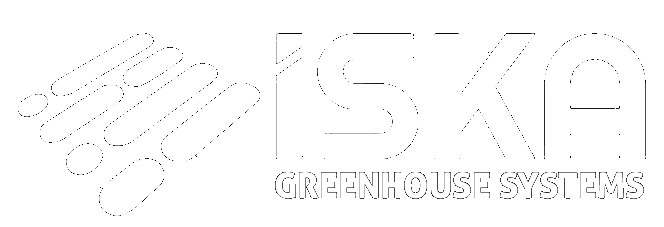
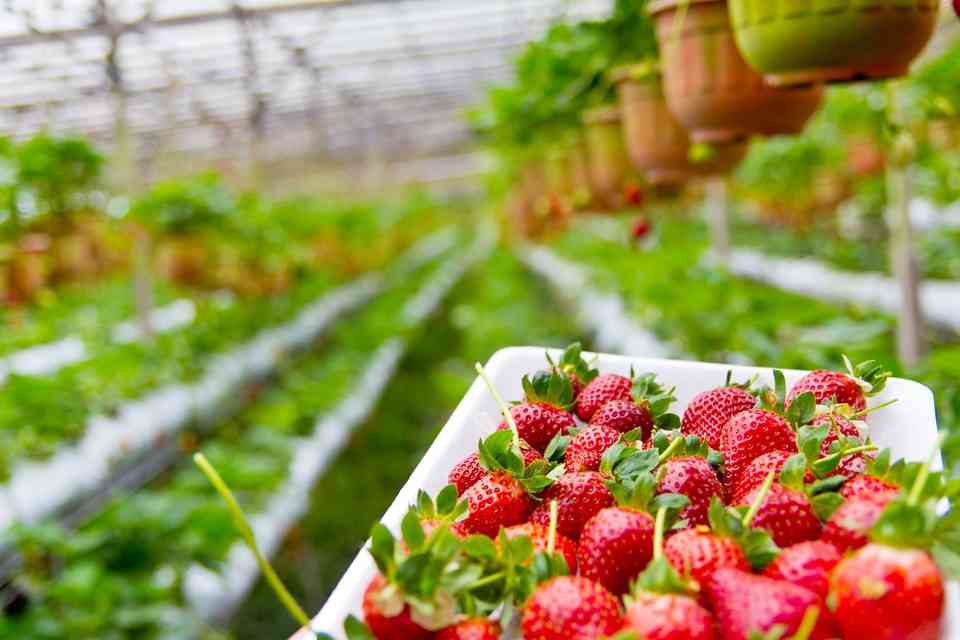
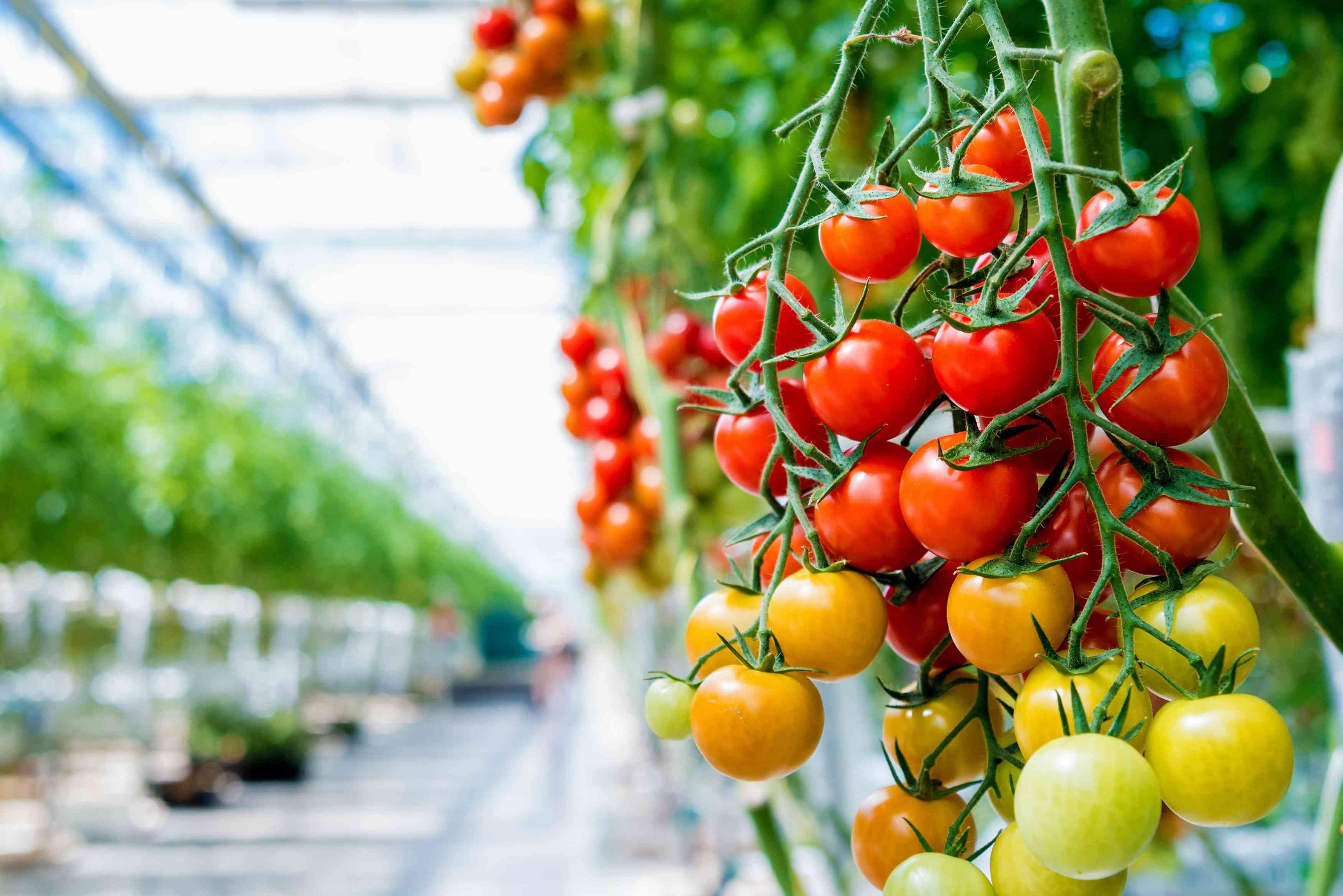

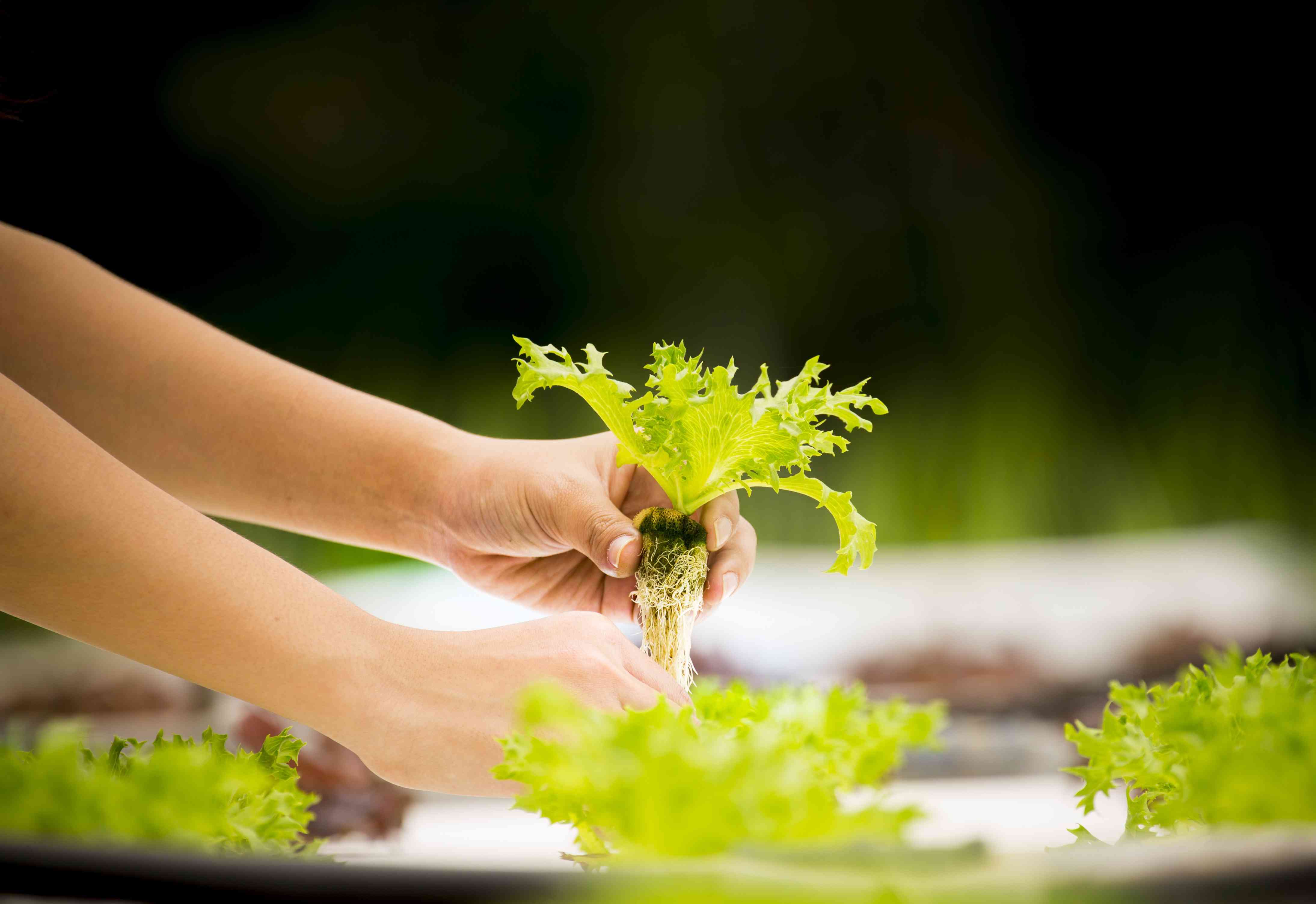

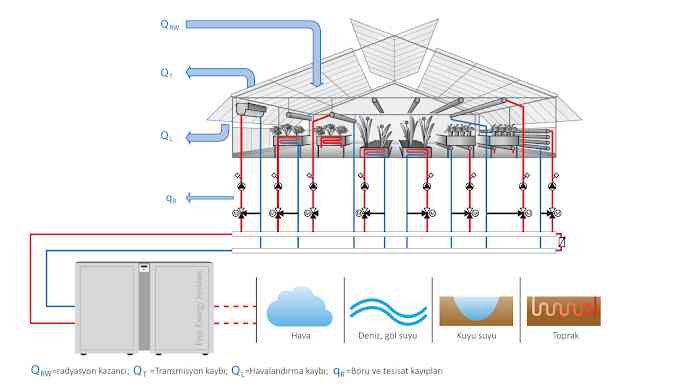


What are you waiting for a profitable investment?
Call Us Now!
444 2 548